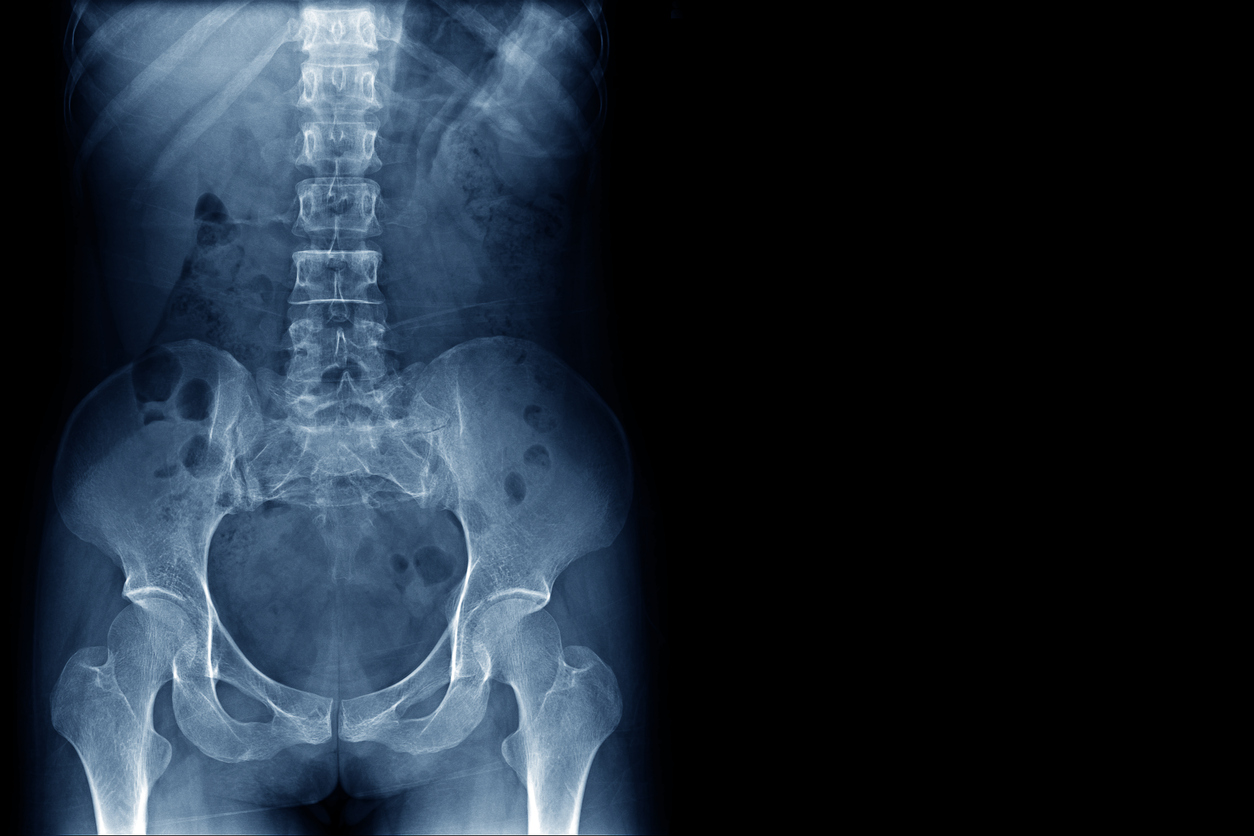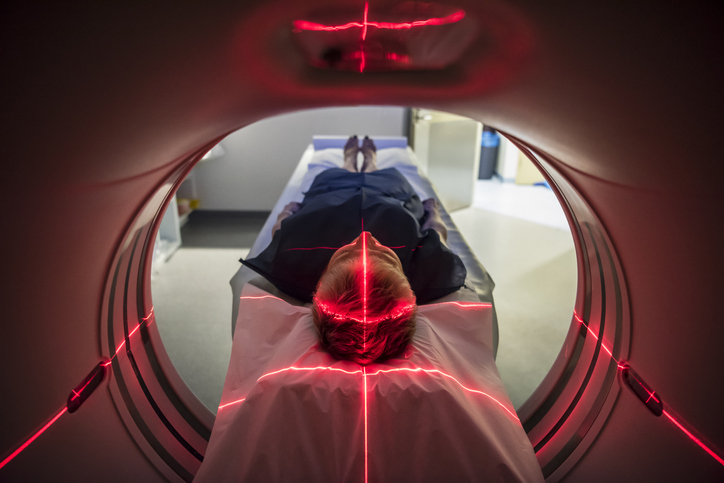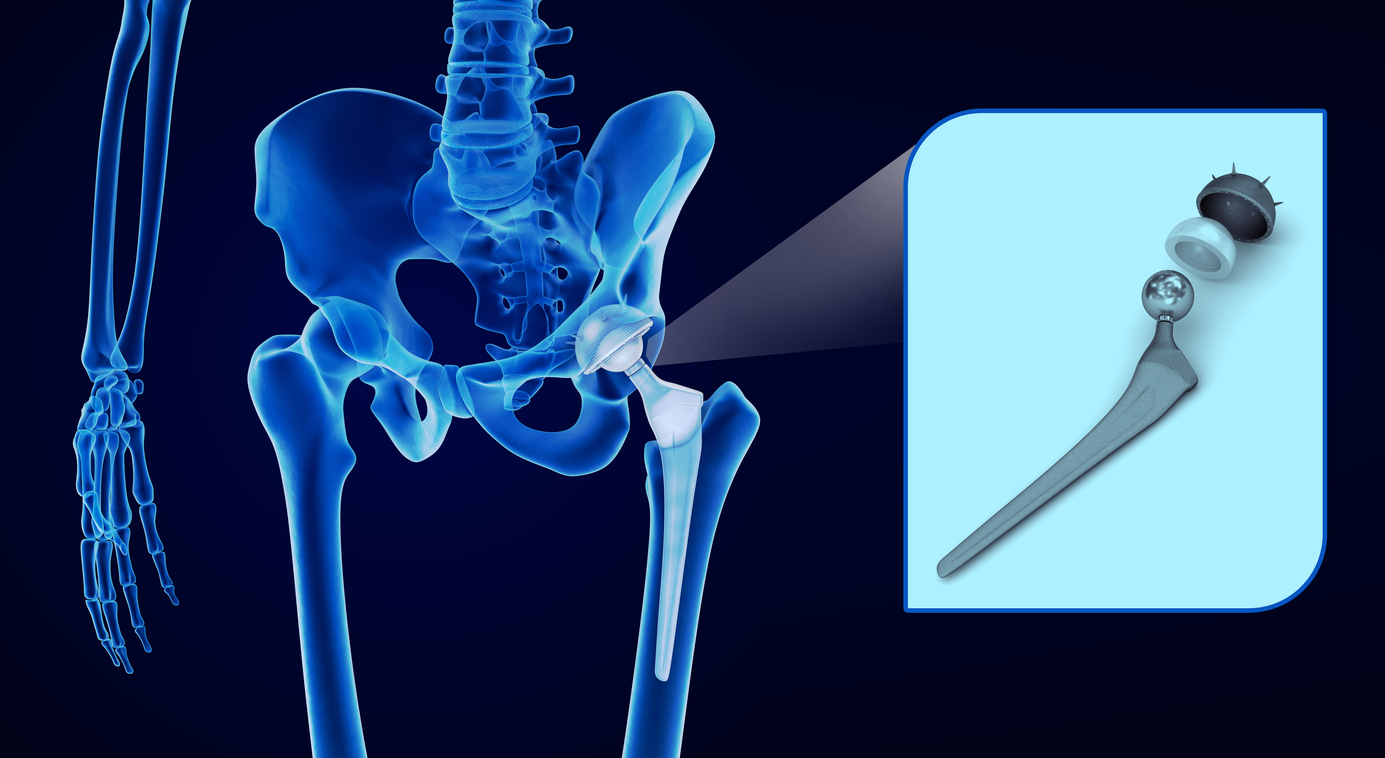Treatments
9 Chronic Pain Treatments Before Invasive Spine Surgery

Spinal surgery
An estimated eight out of every ten people will experience back pain at some point in their lives. Back pain is one of the most common reasons people visit a physician. It can be caused by normal wear and tear, overuse, injuries, muscles, bones, nerves, or discs. The most common causes of back pain are muscular irritation and joint dysfunction.
Conservative treatments, such as physical therapy or medications, often help ease back pain. However, certain situations or conditions, such as trauma, stenosis, herniated discs, spinal deformities, etc., may require surgical treatment. Before considering invasive spinal surgery, individuals should consult with a pain specialist or health care professional about other treatment options.
Epidural steroid injections
Epidural injections consist of delivery of medicine into the epidural space via a syringe. The epidural space is the fat-filled area covering the spinal cord. It protects the spinal cord and surrounding nerves from damage. Medicine injected into the affected area can decrease swelling and relieve nerve pain. Epidural injections can provide long-lasting pain relief with few side effects.
Lumbar sympathetic block
Sympathetic nerves are located in front of the spine in the lower back. A lumbar sympathetic block is an injection of numbing medication that is delivered directly in or around the sympathetic nerves. The injection of local anesthetic and steroids helps to block pain signals from the sympathetic nerves, while reducing swelling. This can allow time for damaged nerves to heal.
Facet joint injection
Facet joints are small joints located between each vertebra of the spine. A pair of facet joints are located at the back of each spinal segment. These joints help support the spine and allow for range of motion. During facet joint injections, a small amount of local anesthetic and steroid medication is injected into one or more facet joints. A local anesthetic provides immediate pain relief, while a steroid medication reduces inflammation and provides long-lasting pain relief.
Peripheral joint injections
If typical conservation treatment options fail, peripheral joint injections may be beneficial. They involve a steroid-based medication that will help alleviate inflammation and improve mobility. The benefits of the injection may last a few weeks to several months, depending on the condition and how the body responds. Common peripheral joint locations include the hips, shoulders, ankles, wrists and elbows.
Stellate ganglion block
Stellate ganglion sympathetic nerves are located in the neck. Also referred to as a sympathetic block, a stellate ganglion block is an injection of a local anesthetic that is delivered into the front of the neck. It can ease pain located in the neck, chest, arms, and head. It also improves circulation and blood supply.
Nerve blocks
Nerve blocks are medical procedures that block specific nerves from sending pain impulses to the central nervous system (CNS). The medicine injected typically includes a local anesthetic and/or anti-inflammatory medications. This numbs the area and reduces inflammation. While pain relief may be temporary or prolonged, the medication injected can yield time for damaged nerves to heal.
Minimally invasive spine surgery (MISS)
If spinal surgery is needed, minimally invasive uses smaller incisions, which reduces harm to muscles and other tissues. The recovery time is faster with less pain. A tubular retractor creates a tunnel in which small instruments are inserted to operate on the spine. MISS may be beneficial for spinal fusion, lumbar discectomy, or laminectomy.
Radiofrequency ablation
Radiofrequency ablation (RF ablation) treatment is a minimally invasive procedure that uses an electrical current to burn nerve tissue and reduce pain signals. This treatment is commonly used in the management of spinal and neuropathic (nerve damage) conditions, which can include chronic migraines, pain of the lower back, and pain in the neck. RF ablation is usually performed with local anesthetic and mild sedation.
Discogram
A discography, or discogram, can provide pain relief and determine which areas are causing back pain. One or more discs in the spine will be injected with a dye. This may reproduce the pain or move into cracks in the disc exterior to be seen on X-ray. Discograms are controversial and are not generally used for initial evaluation of pain. However, if conservative treatments fail, a discogram can help determine if a disc needs to be removed.
















